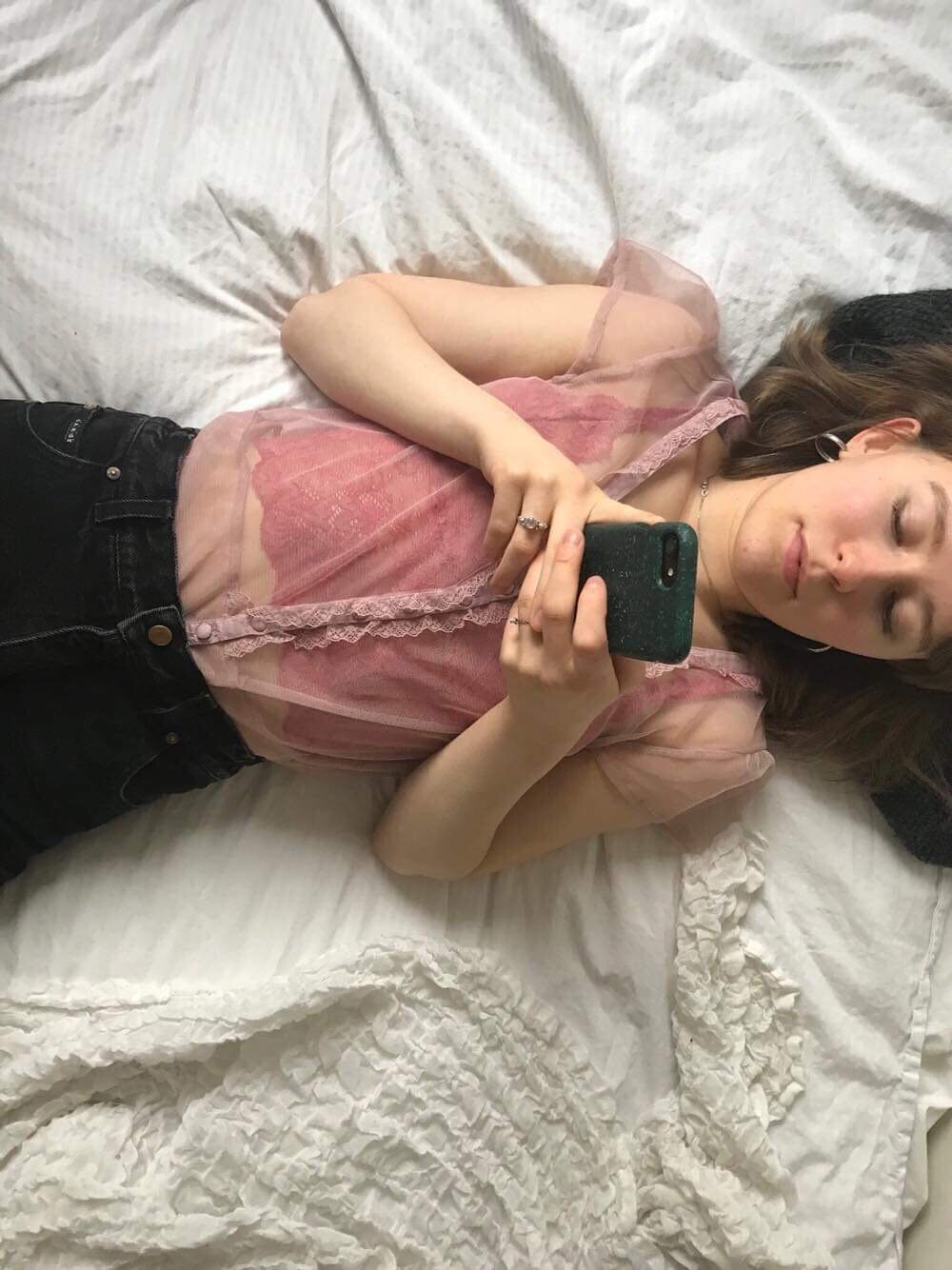Diversity in floristry: How SAGE Flowers is standing up to an industry stuck in the past
Iona Mathieson and Romy St Clair by Christian Cassiel.
Pale green hydrangeas and soft rose petals paired with dramatic peonies and magenta lace-leaves reaching for the sky. Step into the heavenly world of SAGE Flowers and be greeted by sculptural bouquets resembling works of contemporary art. The Peckham-based floral studio has brought a pop of colour to South London and supplied no other than Rihanna and Gucci with vibrant installments. Though it is not only their floral arrangements that are unconventional. In an industry dominated by whiteness and a lack of willingness to diversify it, SAGE’s co-founders Iona Mathieson and Romy St Clair actively work towards inclusion.
As SAGE is celebrating its two-year anniversary, we can look back at the many ways in which they have chosen to take a clear stance on the shortcomings of the industry. Romy explains: “There is very little diversity in floristry as it stands. In the shops and studios, there are mostly white women and the flower market mostly consists of white men.” She believes this lack of diversity is caused by prejudice that permeates the industry, and the resulting barriers which keep people of certain backgrounds from entering or even seeing it as an option. “Barriers to entry into floristry include training fees, the expectation to do unpaid internships and an unwelcoming working environment,” Romy says.
Despite running a small independent business, the co-founders have set out on a mission to drive forward much-needed change. Throughout lockdown, they have invited industry professionals to participate in online panel discussions where inclusion is on the agenda. In the hope of paving the way for others to do the same, SAGE has recently also established the free training programme FutureFlowers. The programme is for Black, Indigenous, and People of Colour (BIPOC) as to challenge the current barriers to entry for these groups. Without having to pay thousands of pounds or take unpaid internships, the trainees get an introduction to bouquet assembly, vase arrangements and installations, as well as tips on setting up their own business and promoting their services.
“
The demand is there but the support is not.
”
It is clear that SAGE has taken a step in the right direction with its three-month-long training programme, which is to run four times a year. However, they are fully booked until December 2021 and rely on donations and volunteers to keep it going. Each new name signed up to the waiting list goes to show the need for more affordable training, scholarships and bursaries. “The demand is there but the support is not. A few individuals and companies are doing what they can to catalyse the change we need, but most remain ignorant to the issues and the need to take responsibility for the lack of diversity,” says Romy as she urges businesses to review their hiring and management policies as to open up their spaces to BIPOC and protect employees of all backgrounds.
Inequality in floristry takes on many forms, one being the issue of land ownership. “There is not equal access to land for planting and growing, so careers in horticulture and floristry are skewed towards those who have already got to enjoy it, usually the white middle and upper classes,” Romy says. She also explains that racism and classism in floristry and horticulture are deeply rooted in colonialism.“- Flowers were discovered by explorers and brought back to their homes as an exotic, rare, luxury good. Then named after the discoverer, removing the connection to its origin.” The racism persists, despite ef- forts from voices like Decolonise the Garden that is campaigning to remove racial slurs that still exist in plant names, and the Royal Horticultural Society recognising it as an issue.
While the team behind SAGE is disappointed by the state of the industry, there is no doubt that they are passionate about the profession. Two years ago, the duo decided to leave their former career paths behind to pursue floral design full-time. Since then, they have continued to strive for inclusivity with the aim that more people, regardless of their background, will be able to share the joy that they have found in floristry. “There has never been a better time to be working with nature. Find your niche, engage your audience and people will support you,” Romy encourages.
Photo by Christian Cassiel.
All other photos credited to SAGE Flowers.
This article was written for and published in NODE Magazine. A separate project dedicated to the urban gardener. Read online.
Related content
Because until we are actively anti-racist, how can we expect children to be?
Ever had an experience with a doctor who did not take your pain seriously or expressed a lack of understanding about the female body? Ever dreaded going to the doctor to get your birth control prescription?
In what used to be a cannery, you will now find a sea of lush plants lined up against exposed brick walls and leaning towards the sunlight seeping in through tall windows…
Fast fashion refers to the business model through which many high street fashion brands make and sell clothes quickly, responding to market trends with rapid turnover and minimal costs…









